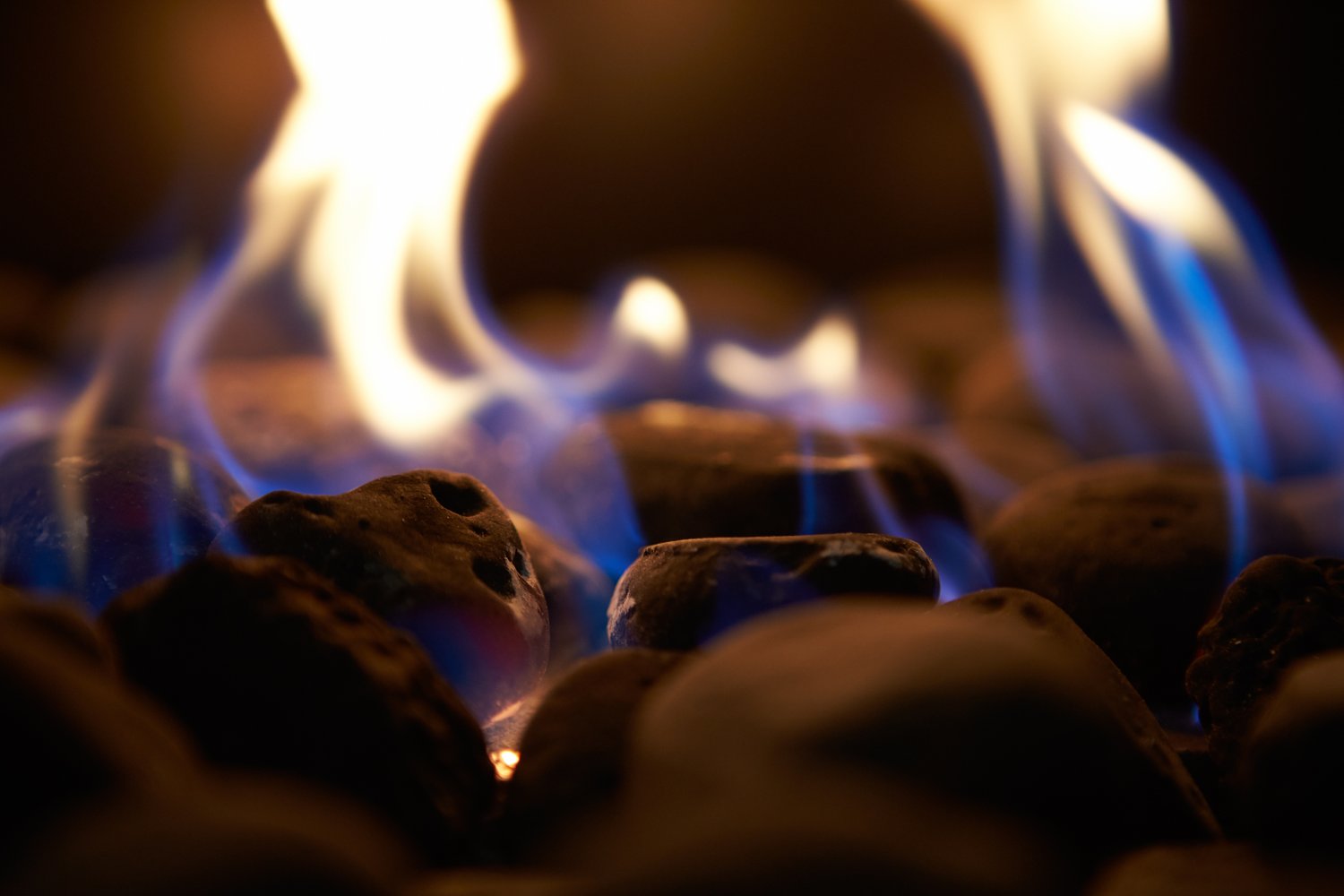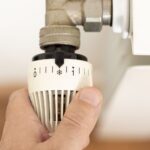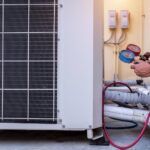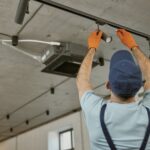Picture this: a chilly evening, a cozy blanket, and the ambiance of a flickering gas fireplace—until, that is, it suddenly refuses to ignite. Ignition issues in gas fireplaces can turn your dream evening into a frustrating dilemma. Understanding how these systems work is crucial to troubleshooting effectively and ensuring your fireplace lights up exactly when you need it most.
- Grasp the basic mechanics of gas fireplace ignition systems to effectively troubleshoot potential issues.
- Identify common causes of ignition failure, a critical first step in diagnosing the problem.
- Follow a comprehensive step-by-step guide tailored to resolving ignition issues, keeping your fireplace functional.
By delving into these aspects, you’ll not only unlock the secrets of a smoothly running gas fireplace but also gain confidence in handling minor issues as they arise. Let’s embark on this journey to ensure your fireplace remains a source of warmth and comfort.
Understanding the Basics of Troubleshooting Gas Fireplace Ignition
Before diving into the troubleshooting process, it’s essential to understand how gas fireplace ignition systems operate. These systems are designed to provide warmth and ambiance efficiently, combining modern convenience with the charm of a traditional fireplace. Central to these systems is the igniter, which is the key component responsible for lighting the gas and producing a flame.
Typically, there are two main types of ignition systems found in gas fireplaces: standing pilot light systems and electronic ignition systems. In a standing pilot light system, a small flame remains lit continuously, igniting the main burners when the fireplace is turned on. On the other hand, electronic ignition systems use an electric spark to ignite the burner, a feature that not only improves energy efficiency but also enhances safety by preventing gas leaks.
By understanding the fundamental mechanics of these systems, you will be better prepared to diagnose and troubleshoot common issues. Recognizing the type of system you have is the first step toward effective problem-solving. Keep in mind that routine maintenance and inspection are crucial in preventing ignition failures and in ensuring long-term, safe operation.
Common Causes of Ignition Failure
Several issues can disrupt the ignition of gas fireplaces, so it’s important to familiarize yourself with these common causes. One frequent problem is alack of gas flow, which can result from an obstruction in the gas line or a defective gas valve. Regular inspection and cleaning can mitigate this issue.
Another common cause is a faulty igniter. In electronic ignition systems, the igniter may fail due to a burnt-out filament or electrical connection issues. Ensure that the igniter is receiving power and replace it if necessary.
Pilot light issues are prevalent in standing pilot systems. A pilot light that constantly goes out might point to a clogged or faulty thermocouple—a device that senses the pilot flame and signals the gas valve. Regularly clean the pilot assembly and thermocouple to prevent this issue.
Finally, consider the thermostat settings. If the thermostat is set too low, it might prevent the fireplace from igniting. Verify that all electrical connections are secure, and ensure that the thermostat’s settings align with the desired room temperature.
By understanding these common ignition problems and their causes, you will be well-equipped to perform effective troubleshooting and maintain a safe, functional fireplace.
Step-by-Step Guide to Troubleshooting Gas Fireplace Ignition
Gas fireplace ignition systems are essential for the safe and efficient operation of your home’s heating source. Understanding the steps to troubleshoot common issues will help you address problems quickly and efficiently, ensuring your fireplace is operational when you need it most.
Begin by examining the ignition switch. Make sure it is in the correct position and functioning properly. If the switch is faulty, it may hinder the ignition process. Next, check for adequate gas supply. Ensure that the gas valve is open and that your home has an uninterrupted flow of gas. Low pressure can be a significant cause of ignition issues.
The ignitor or pilot light is another critical component. Inspect the ignitor for any signs of damage, such as cracks or discoloration, which may indicate it’s time for a replacement. For fireplaces with pilot lights, make sure it is lit and burning with a strong blue flame. A weak or yellow flame may suggest an issue with the pilot light or thermocouple.
Proceed by cleaning key components to ensure optimal performance. Dust and debris can hinder ignition by blocking gas flow or contaminating the ignitor. Use a soft brush or compressed air to gently clean around the ignitor and pilot area, being careful not to damage delicate parts.
Another crucial step is to inspect the thermocouple. This safety device detects whether the pilot light is lit and signals the gas valve to remain open. If the thermocouple is defective or misaligned, the gas valve may close prematurely, preventing ignition. Ensure it is positioned correctly and free from dirt or damage.
If the above steps do not resolve the problem, it may be necessary to consult a professional technician. Some issues, such as leaks or extensive damage, require expert attention to ensure safety and effectiveness.
Regular maintenance and inspections of your gas fireplace ignition system are crucial. Not only do they enhance performance, but they also increase the lifespan of your system. Maintaining a schedule for cleaning and professional checks can prevent many common problems and provide you with peace of mind.
Frequently Asked Questions About Gas Fireplace Ignition
Why won’t my gas fireplace ignite?
Common reasons include a faulty igniter, low gas supply, or a blocked pilot tube.
How can I check if the pilot light is the issue?
Inspect if the pilot light is lit. If not, try relighting it following safety instructions.
What should I do if the igniter is unresponsive?
Check for power issues or replace the igniter module if necessary.
How often should I perform maintenance on my gas fireplace?
Conduct maintenance annually to ensure optimal performance and safety.
Can a dirty pilot tube cause ignition issues?
Yes, a blocked or dirty pilot tube can prevent the gas flow needed for ignition.





